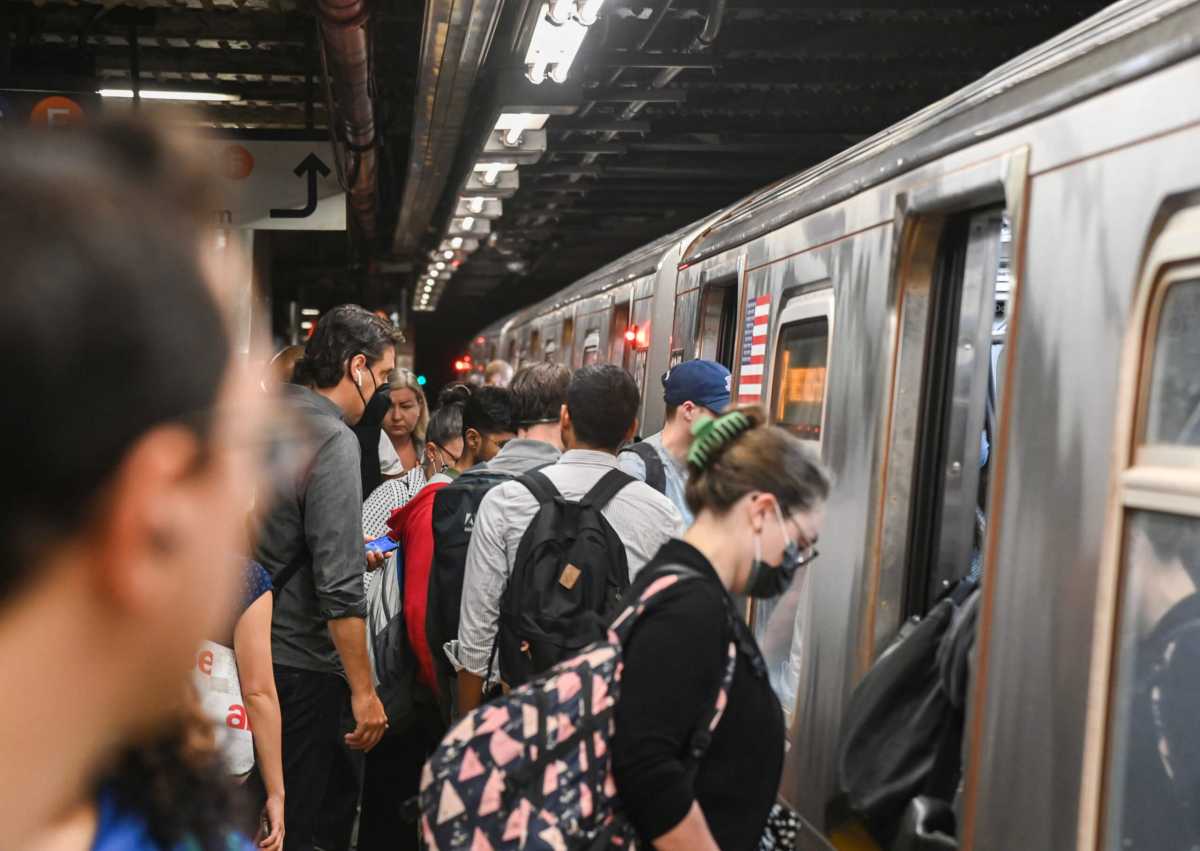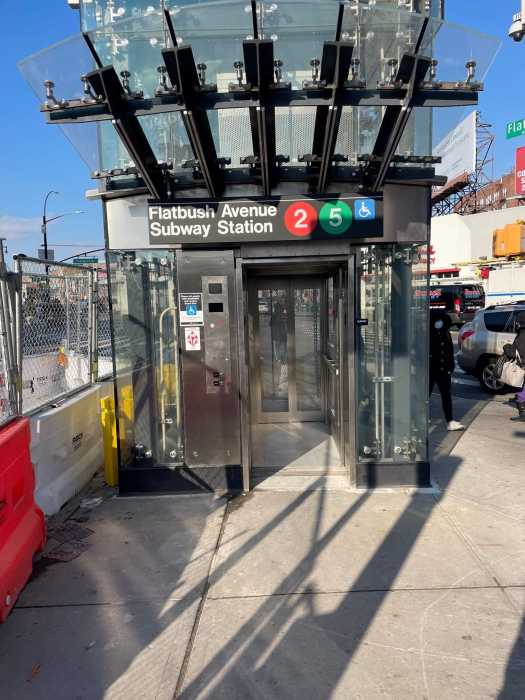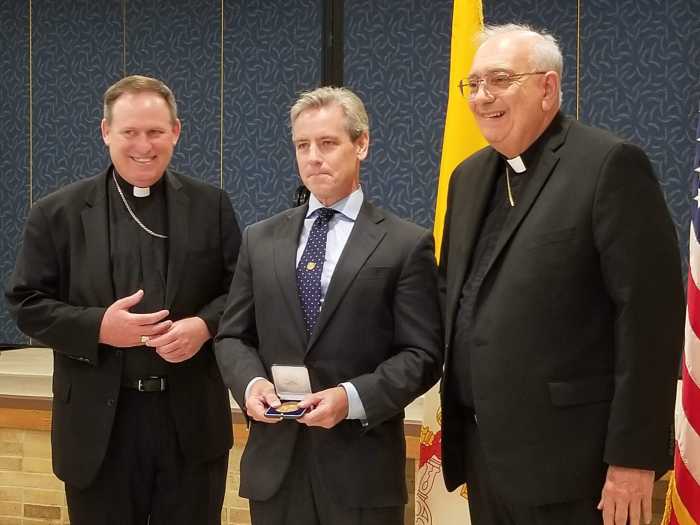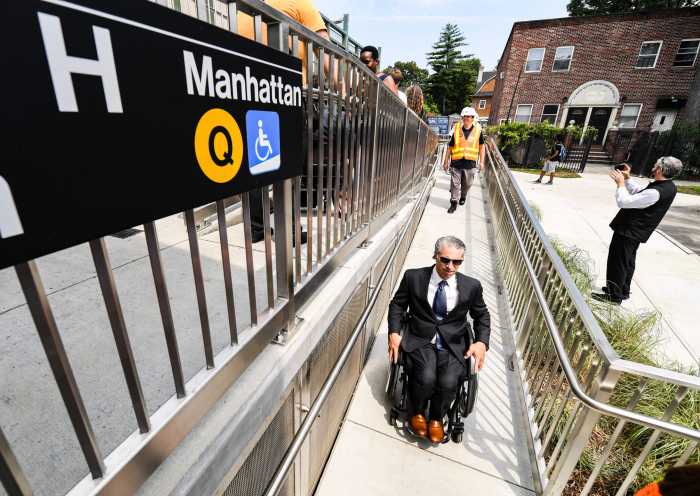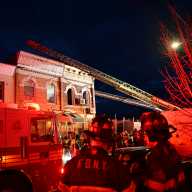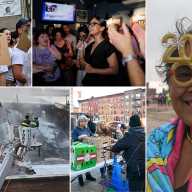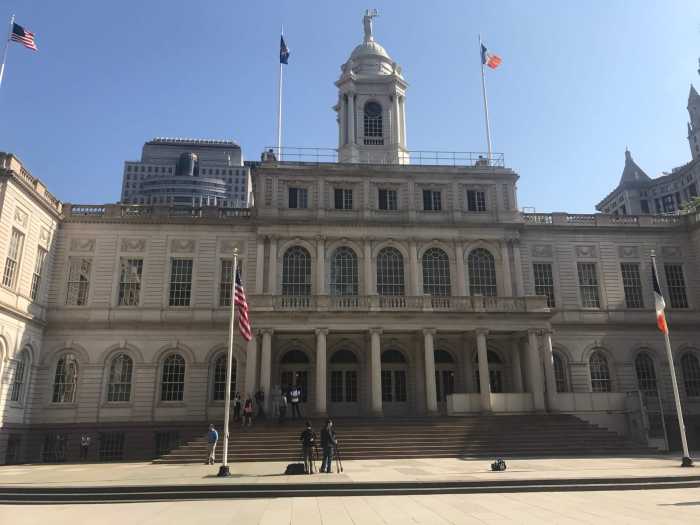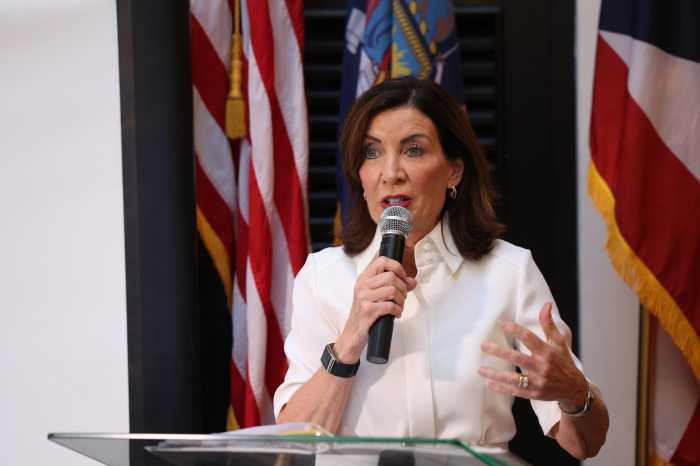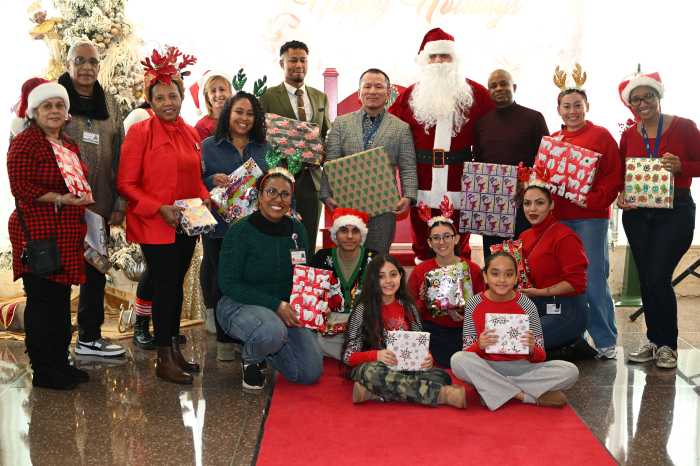Every day, hundreds of thousands of New Yorkers pass through their local subway station on their way to and from home.
Whether rushing down the stairs to catch a train or spending long minutes waiting on the platform, those straphangers are intimately familiar with their most-used stations: the broken elevators, slippery stairs, or too-few trash cans.
Irritated straphangers sometimes file 311 complaints or address the Metropolitan Transportation Authority on Twitter, with mixed results — the agency can’t be everywhere at once, and not everyone wants to take the time and effort to air their grievances.
That’s why northern Brooklyn Council Member Lincoln Restler is launching “Friends of MTA Station” — a new volunteer-driven initiative similar to the “Friends of” groups who tend to local parks, gardens, or schools.
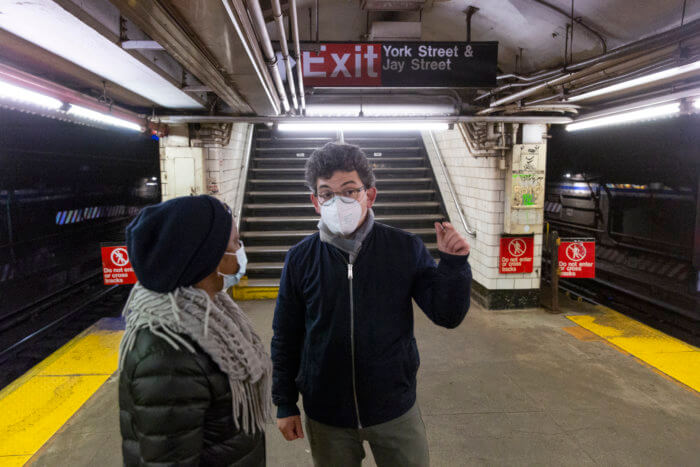
“Our subways — the lifeblood of New York City — should be no different and will benefit tremendously from deeper engagement with neighborhood riders,” Restler said. “I am beginning this initiative at a time where I know the MTA needs all the support it can get, and I believe these new groups will be part of that solution.”
The initiative is focusing first on five of the busiest, most complained-about station’s in Restler’s district: High Street, Borough Hall, Jay Street-MetroTech, the Bedford Avenue L stop, and the Nassau Avenue G station.
Each station will have an assigned group of volunteers — including local business owners and leaders of local organizations — who will conduct walk-throughs of the stations, make note of issues and complaints, meet with MTA officials, and learn about what the agency’s ongoing plans are.
Restler hopes the initiative will improve communication between riders and the MTA and provide some more accountability, while also keeping the community informed about what the agency can reasonably do with its tight budget.
The project was inspired in part by Jon Orcutt, a Greenpoint resident and former city transportation official.
“This initiative is a great way to promote accountability with New York City Transit and to enhance subway customers’ experience,” Orcutt said. “For this to work, we need a smart, activist local official to take the lead and it is fantastic to see Council Member Restler help pull this together.”
Danny Pearlstein, director of policy and communications at Riders Alliance and a former District 33 resident, said a group of locals approached his organization about tending to the York Street subway station on their own a few years ago.
Ridership at the nearly 90-year-old station has boomed along with the population and popularity of the the nabe — and the deep-set station isn’t quite up to the task. It has only one entrance, on the far end of the platform, and is in need of a “large new capital project,” Pearlstein said.
“There was a group of people who came to [Riders Alliance] originally, saying they want to do this, and they’ve been working on it ever since,” he said. “They were kind of a model for local adoption of a piece of a citywide transit network that we think could be replicated elsewhere.”
Since 2018, Group Station Managers have tended to up to 20 stations each — making regular rounds of their stops, noting issues, and barking them up the chain where necessary. In 2020, the MTA said the GSMs had addressed more than 60,000 issues at various stations.
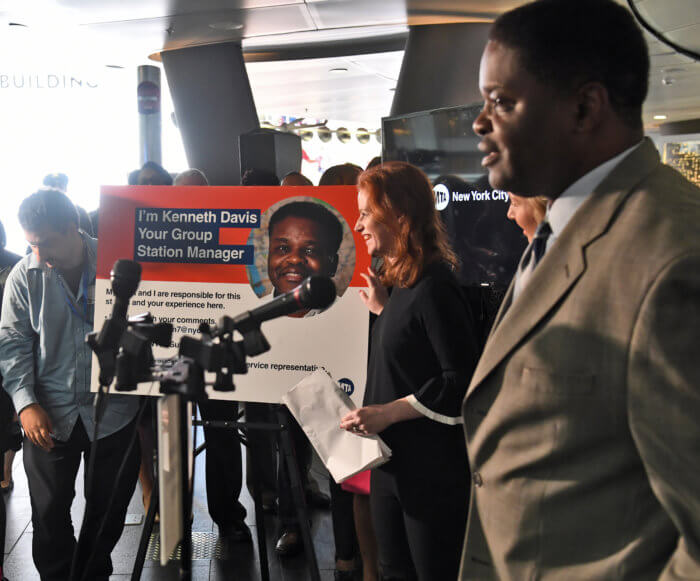
But the managers are often “pretty high level” and can be somewhat removed from their communities, Pearlstein said. Adding a level of grassroots participation can help keep them more closely connected to stations and riders.
According to the MTA’s most recent customer satisfaction survey, half of riders are unhappy with the cleanliness in stations — and more than half feel safe as they wait for their trains. There are also issues of flooding and station accessibility.
Giving customers a more direct way to assert their complaints doesn’t mean all can be fixed more quickly — issues like a dirty station or overflowing trash cans might be able to be addressed right away, but new elevators or other improvements need significant amounts of funding.
Under the MTA’s current capital plan, the agency is completing “renewal work” at a number of stations, installing dozens of elevators, and working to “reconfigure” and improve circulation and accessibility in stations.
More funding is needed to finish ongoing work and to start other long-needed repairs in the aging subway system, and the “Friends of MTA” groups might be able to help.
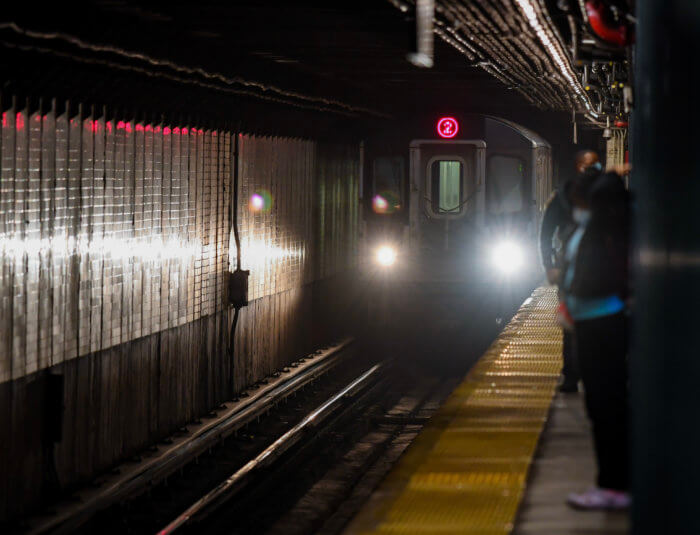
The groups will be “not only advocating for direct improvements to stations, but also supporting greater funding for the MTA’s capital and maintenance budgets at the city, state, and federal levels to improve conditions while maintaining fare levels,” Restler said.
On Feb. 22, politicians and advocates urged Gov. Kathy Hochul to dedicate more of the state budget to the cash-strapped MTA — saying the current budget proposal could lead to service reductions and fare hikes as the agency and its riders need more resources.
“It is the city’s subway, even though the state operates it,” Pearlstein said. “It belongs to millions of people who use it every day. Organized groups of riders, whether it’s at stations or across the entire network, are exactly who should be holding the powers that be accountable for the quality of service and the infrastructure that carries it.”
For those looking to participate in the “Friends of MTA Station” initiative, head to this application link.


